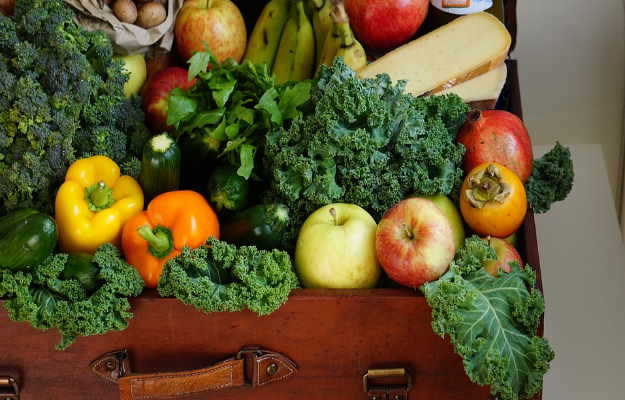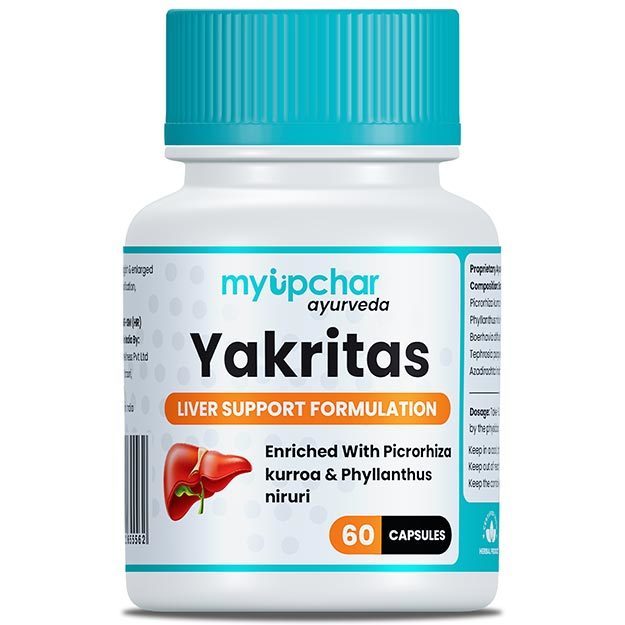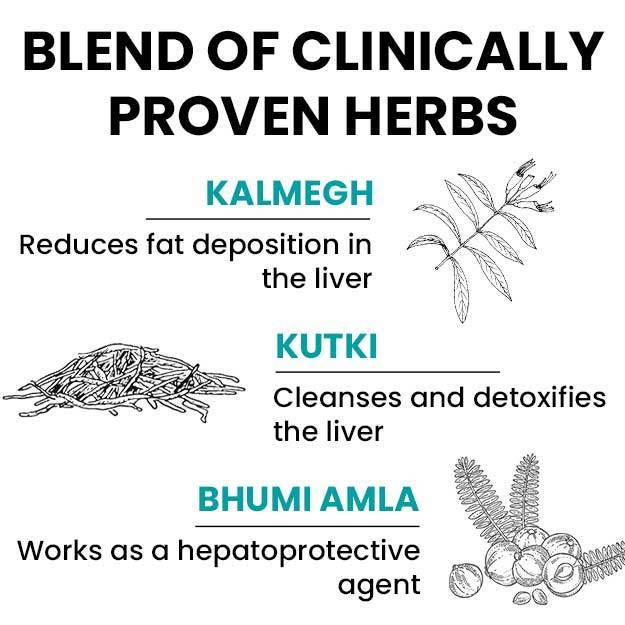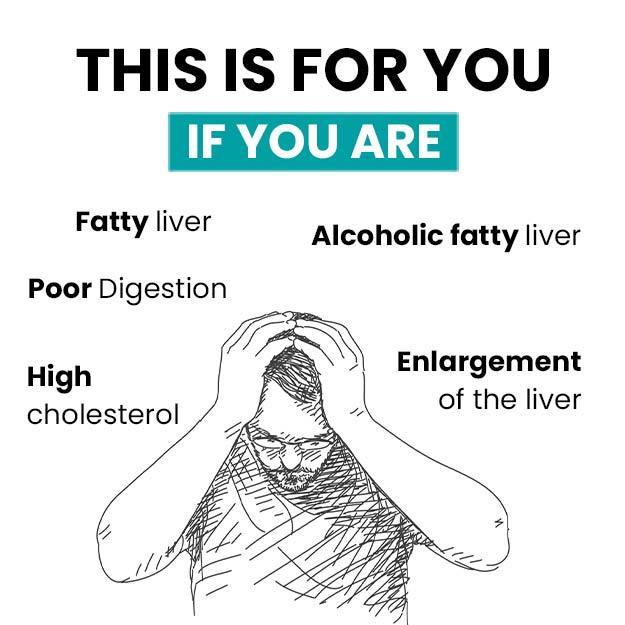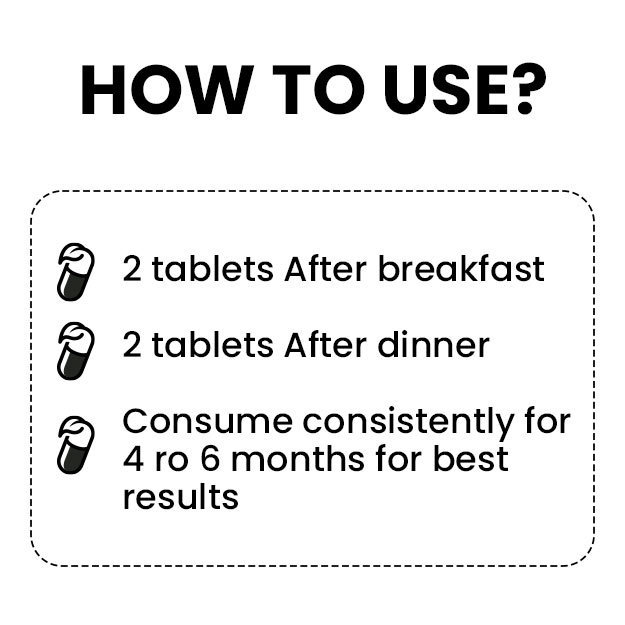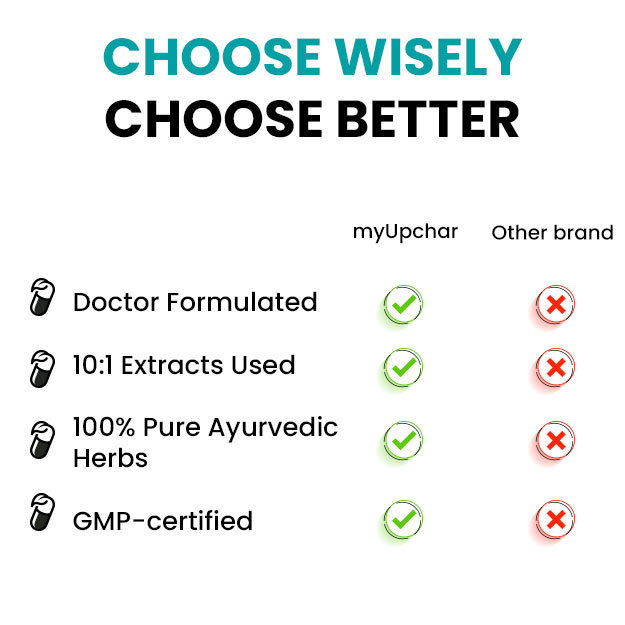The liver is the second largest organ in the body, after the skin. It is an essential organ and our body cannot survive without it. The liver has many important functions including preventing infections, removing bacteria and toxins from the blood, digesting and processing food, making proteins that help the blood clot and storing vitamins, minerals, fats and sugars for the body to use.
Liver cirrhosis refers to scarring of the liver. Scarring of the liver is a concern as it causes healthy liver cells to die and be replaced by stiff scar tissue. This process happens slowly, is often irreversible and may lead to the whole liver hardening, shrinking and becoming scarred. There are many causes of liver cirrhosis. The most common causes are chronic hepatitis B and hepatitis C infections as well as long term heavy alcohol consumption but it may also be caused by fat build-up in the liver. It is commonly seen in people who are overweight or who have diabetes.
(Read more: BMI)

